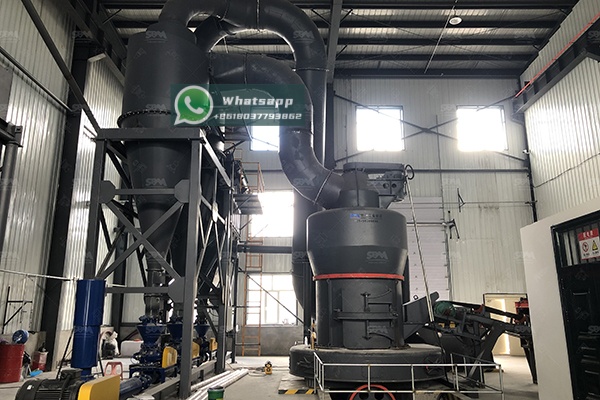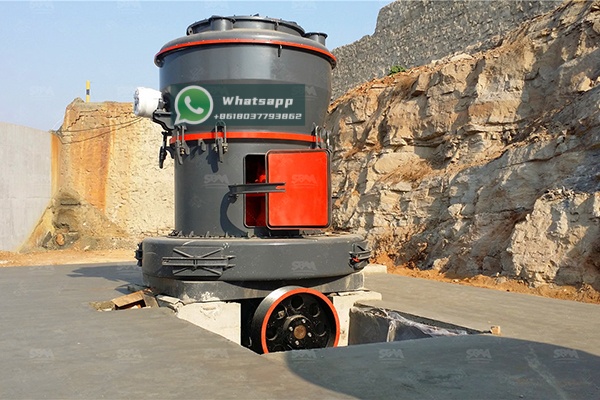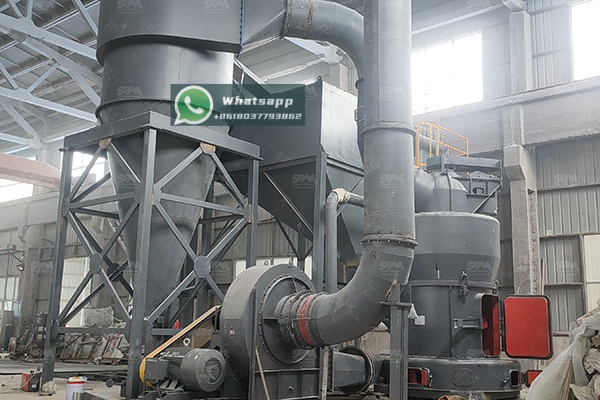Mineral pigments have been used for centuries in various applications, from artistic paintings and cosmetics to industrial coatings and construction materials. The visual appeal of these pigments—specifically their color vibrancy and brightness—is crucial for their commercial value and performance. Achieving optimal color properties requires sophisticated processing techniques, particularly in the grinding and milling stages where particle size distribution and surface characteristics are determined.
The color and brightness of mineral pigments are fundamentally determined by their physical and chemical properties. Particle size distribution plays a critical role in light interaction—smaller particles typically scatter light more effectively, resulting in brighter appearances and more intense colors. When pigment particles are ground to optimal fineness, they develop enhanced light-reflecting surfaces that significantly improve color saturation and opacity.
Traditional grinding methods often fail to achieve the uniform particle distribution necessary for maximum color development. Inconsistent particle sizes can lead to uneven light absorption and scattering, resulting in dull, washed-out appearances. Furthermore, excessive heat generation during conventional grinding can alter the chemical structure of sensitive mineral pigments, causing color shifts and reduced brightness.

Modern grinding equipment has revolutionized mineral pigment processing by enabling precise control over particle size distribution while minimizing thermal degradation. Ultra-fine grinding technologies have emerged as particularly valuable for enhancing pigment properties, as they can produce particles in the sub-micron range with narrow size distributions.
Shanghai Zenith Machinery Co., Ltd., as an excellent manufacturer of ore grinding equipment, has made significant achievements in the field of ultra-fine powder grinding. Their specialized research, development, and production of industrial powder grinding equipment have resulted in several innovative solutions specifically suited for mineral pigment processing.
For applications requiring the highest standards of color and brightness in mineral pigments, the LUM Ultrafine Vertical Mill represents a technological breakthrough. This advanced grinding system integrates multiple functions—grinding, drying, classifying, and transportation—into a single compact unit, making it ideal for pigment processing where consistency and quality control are paramount.
The LUM mill’s intelligent control system allows operators to precisely adjust grinding parameters to achieve the optimal particle size distribution for specific mineral pigments. Its unique design minimizes heat generation during processing, preserving the natural color characteristics of sensitive minerals. The integrated classification system ensures that only particles within the target size range proceed to the final product, resulting in superior color consistency.
| Model | Main Machine Power (kW) | Capacity (t/h) | Size Distribution D97 (μm) |
|---|---|---|---|
| LUM1525 | 220-250 | 1.6-11.5 | 5-30 |
| LUM1632 | 280-315 | 2.0-13.5 | 5-30 |
| LUM1836 | 355-400 | 2.3-15 | 5-30 |
The ability to achieve particle sizes as fine as 5 microns (D97) makes the LUM Ultrafine Vertical Mill particularly suitable for premium pigment applications where maximum color development is required. The narrow particle size distribution ensures uniform light scattering, resulting in pigments with exceptional brightness and color purity.
For operations requiring versatile processing capabilities across different mineral types, the XZM Ultrafine Grinding Mill offers an excellent balance of performance and flexibility. This mill is specifically designed for superfine powder production and can process both soft and medium-hard materials with moisture content below 6%.
The XZM mill’s capability to produce particles in the range of 325-2500 mesh makes it suitable for a wide spectrum of mineral pigments, from coarse industrial grades to extremely fine artistic qualities. Its robust construction ensures consistent performance even with abrasive mineral types, while the efficient classification system guarantees precise control over the final product’s particle size distribution.
| Model | Working Diameter (mm) | Max Feed Size (mm) | Final Size (mesh) | Output (kg/h) | Main Motor Power (kW) |
|---|---|---|---|---|---|
| XZM221 | Φ800 | ≤20 | 325-2500 | 500-4500 | 75 |
| XZM268 | Φ1680 | ≤20 | 325-2500 | 5000-25000 | 315 |

Different mineral pigments require tailored processing approaches to maximize their color potential. Iron oxide pigments, for instance, benefit from ultra-fine grinding that enhances their red, yellow, or black hues while maintaining chemical stability. Titanium dioxide, widely used for its exceptional brightness and opacity, requires careful grinding to achieve the optimal particle size for maximum light scattering efficiency.
The advanced control systems in Zenith’s grinding equipment allow operators to fine-tune processing parameters for each mineral type. Variables such as grinding pressure, classifier speed, and airflow can be adjusted to achieve the specific particle characteristics that enhance each pigment’s unique color properties. This level of control is particularly valuable for manufacturers producing multiple pigment types who need consistent quality across their product lines.
Beyond particle size distribution, the shape of ground particles significantly influences pigment color and brightness. Angular particles tend to pack differently than spherical ones, affecting how light interacts with the pigment surface. Modern grinding technologies, particularly those employing multiple grinding mechanisms, can influence particle morphology to optimize optical properties.
Zenith’s vertical grinding mills utilize a combination of impact, attrition, and compression forces that produce particles with favorable shape characteristics for enhanced color performance. The result is pigments that not only have the right size distribution but also optimal shapes for maximum light reflection and color saturation.
Modern pigment processing must balance quality requirements with environmental responsibility and operational efficiency. Traditional grinding methods often consume excessive energy while generating heat that can degrade pigment quality. Advanced grinding systems address these challenges through innovative designs that maximize energy transfer to the grinding process while minimizing losses.
The LUM Ultrafine Vertical Mill and XZM Ultrafine Grinding Mill both incorporate energy-saving features that reduce power consumption per ton of processed pigment. Their efficient classification systems eliminate the need for secondary processing steps, further reducing energy requirements. Additionally, enclosed designs minimize dust emissions, creating safer working environments and reducing product loss.

Several pigment manufacturers have reported significant improvements in product quality after implementing advanced grinding technologies. One manufacturer of natural earth pigments achieved a 30% increase in color strength after switching to ultra-fine grinding equipment, allowing them to command premium prices in competitive markets. Another producer of synthetic inorganic pigments reduced their grinding time by 40% while achieving more consistent color properties batch-to-batch.
These improvements translate directly to enhanced performance in final applications. Paints and coatings formulated with optimally ground pigments demonstrate better coverage, improved durability, and more vibrant colors. Plastics and ceramics incorporating these pigments exhibit richer, more consistent coloration with reduced pigment loading requirements.
The demand for higher quality mineral pigments continues to grow across industries, driving innovation in grinding technology. Future developments will likely focus on even greater precision in particle size control, reduced energy consumption, and enhanced automation. Integration of artificial intelligence for real-time process optimization represents another promising direction, potentially allowing grinding systems to automatically adjust parameters to maintain optimal color properties despite variations in raw material characteristics.
Shanghai Zenith Machinery remains at the forefront of these developments, continuously refining their grinding technologies to meet the evolving needs of pigment manufacturers worldwide. Their commitment to research and development ensures that their equipment will continue to provide cutting-edge solutions for enhancing the color and brightness of mineral pigments.
The relationship between grinding technology and pigment quality is undeniable. Advanced grinding equipment, such as the LUM Ultrafine Vertical Mill and XZM Ultrafine Grinding Mill from Shanghai Zenith Machinery, enables pigment manufacturers to achieve unprecedented levels of color vibrancy and brightness. By providing precise control over particle size distribution and minimizing thermal degradation, these systems unlock the full visual potential of mineral pigments.
As market demands for higher quality pigments continue to intensify, investing in modern grinding technology becomes increasingly essential for competitive manufacturers. The enhanced color properties achieved through advanced processing not only improve product performance but also create significant commercial advantages in markets where visual appeal drives purchasing decisions.